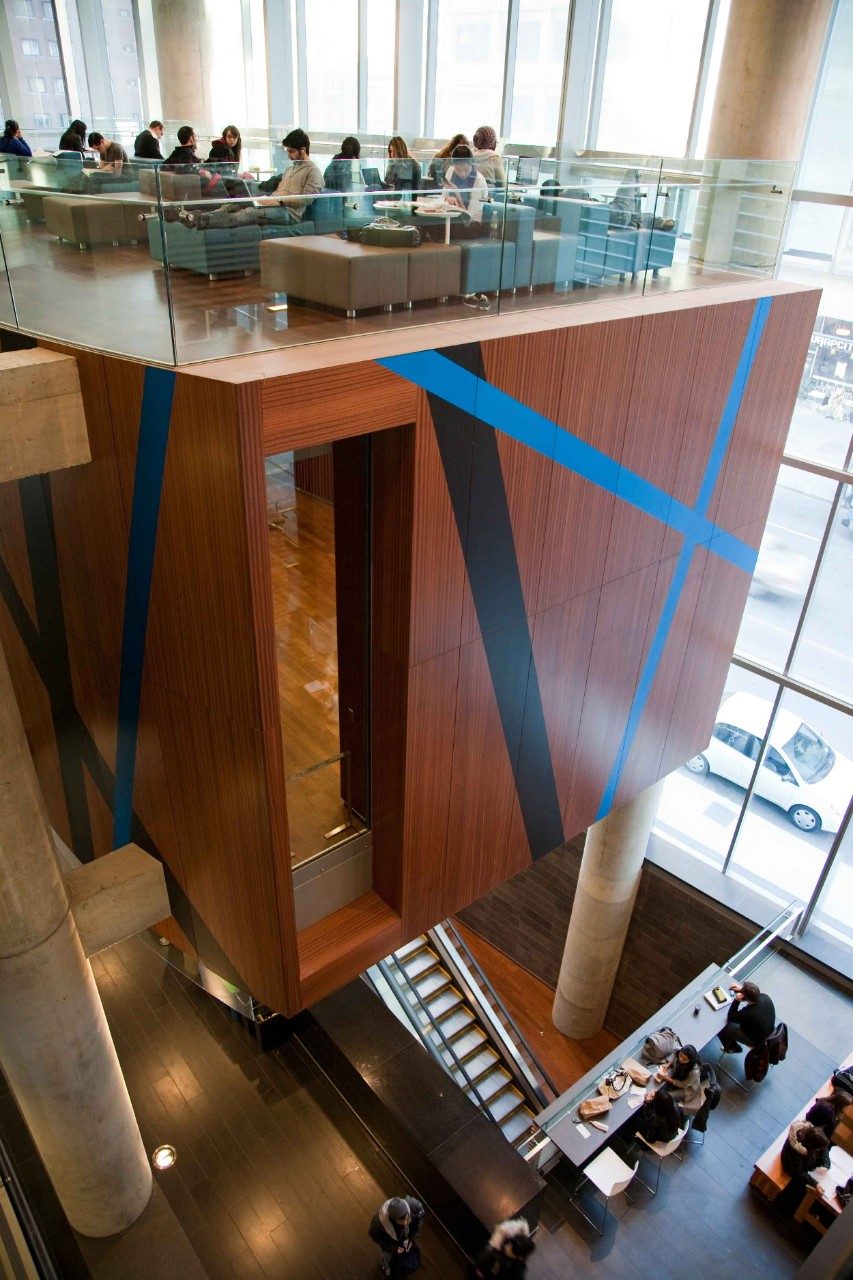PUBLIC ART POLICY PROJECT
Community consultation results
About the Community Consultations
The online survey was in circulation with the Concordia community as well as surrounding businesses and organizations for four weeks - from April 12 to May 10, 2022.
The survey was available in both English and French and was sent to prospective respondents in the Concordia community by the University’s centralized communications. Additional invitations were sent to the surrounding community by Concordia's Public Art Lead.
Who responded
A total of 81 people responded to the survey with a completion rate of 100%.
The majority of respondents were Concordia staff and students. Amongst these were a local care organization and an employee with the City of Montreal. Six respondents identified themselves as alumni, and one as a retired faculty member.
Respondents identified themselves as:
36%
students
36%
staff
21%
faculty
8%
other groups

Respondents' top priorities
“Public art is and should be diverse.”
Our respondents believe Concordia should prioritize public art that is
- Accessible
- Inclusive
- Critically engaging
- Reflective on contemporary practices
- Participatory or invites interaction
- Relevant to them
Engaging with public art
“Some sort of accessible way of learning about the art, what it hopes to achieve, etc would be helpful. Ideally so I can choose how I want to combine interacting with a piece of art on its own vs getting more 'information' about it.”
Public art installations help the community engage with Concordia. The survey showed enthusiasm for many types of activities that would help them engage with public art, such as a map of Concordia's public art installations and tours.
Our respondents believe these activities would increase engagement with public art:
+60%
artists’ talks and onsite visits
+50%
screenings and participatory events
+40%
performance art events and panel discussions
Our relationship with public art
“Public art should connect with and speak to the space or environment in which it exists.”
When asked about the relationship between public art and its audience, respondents noted the ideal roles for public art in society.
Our respondents believe that public art should:
- Create spaces that are welcoming
- Enhance the quality of life
- Lead to transformative experiences
A positive future for public art
“Teach, inspire…and help it spark a discussion with the participants rather than making them passive listeners.”
All groups of respondents are interested in learning more about public art at Concordia. They are:
56%
familiar with public art at Concordia
84%
want to learn more about public art at Concordia
35%
show interest in getting involved in public art

